Nuclear Threshold: Assessing Iran's Proximity To Weaponization
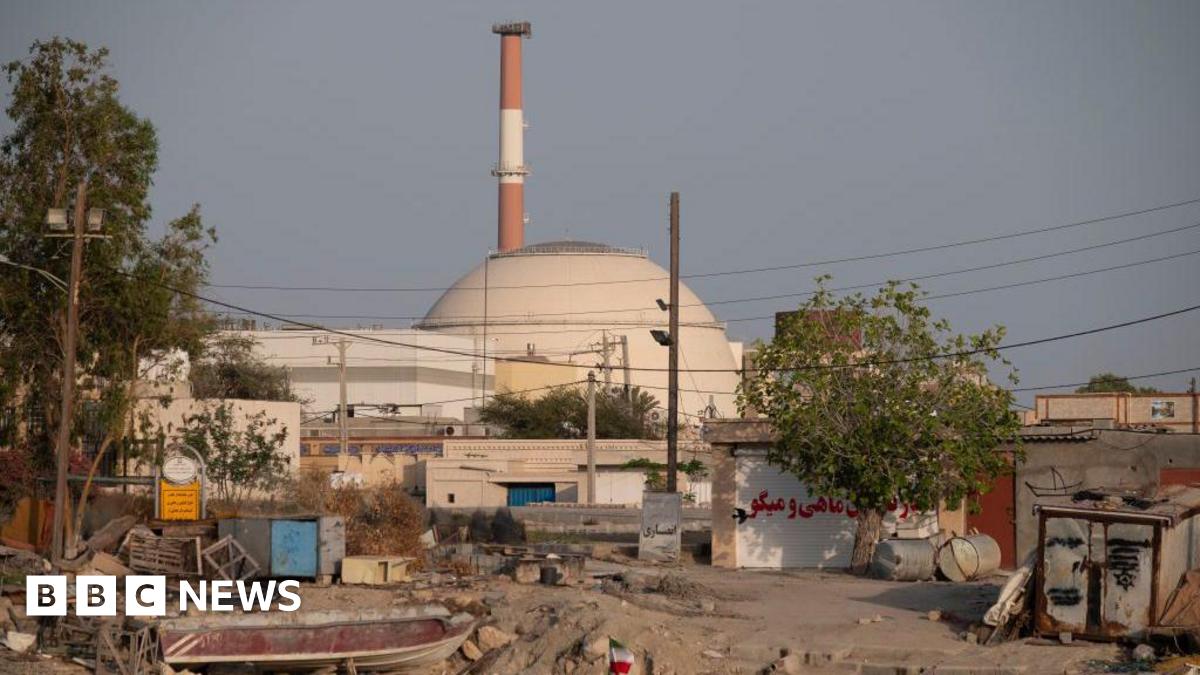
Welcome to your ultimate source for breaking news, trending updates, and in-depth stories from around the world. Whether it's politics, technology, entertainment, sports, or lifestyle, we bring you real-time updates that keep you informed and ahead of the curve.
Our team works tirelessly to ensure you never miss a moment. From the latest developments in global events to the most talked-about topics on social media, our news platform is designed to deliver accurate and timely information, all in one place.
Stay in the know and join thousands of readers who trust us for reliable, up-to-date content. Explore our expertly curated articles and dive deeper into the stories that matter to you. Visit Best Website now and be part of the conversation. Don't miss out on the headlines that shape our world!
Table of Contents
Nuclear Threshold: Assessing Iran's Proximity to Weaponization
The ongoing debate surrounding Iran's nuclear program has reached a critical juncture. Concerns about Tehran's potential to develop nuclear weapons are escalating, prompting intense scrutiny from international bodies and global powers. This article delves into the complexities of the situation, assessing Iran's current capabilities and proximity to weaponization, while examining the implications for regional and global security.
Iran's Nuclear Program: A History of Ambiguity
Iran's nuclear program has a long and controversial history. Officially, it's presented as a purely civilian endeavor focused on energy production and medical isotopes. However, suspicions of a clandestine military dimension have persisted for years, fueled by evidence of past covert activities and continued defiance of international restrictions. The 2015 Iran nuclear deal (JCPOA), while temporarily limiting Iran's enrichment capabilities, ultimately failed to resolve the core issue of trust. The subsequent withdrawal of the United States under the Trump administration further complicated matters, leading to Iran's gradual scaling back of its commitments.
Assessing Iran's Current Capabilities
The International Atomic Energy Agency (IAEA) continues to monitor Iran's nuclear activities closely. While the IAEA's reports are often technically complex, they paint a picture of a program that is steadily advancing its enrichment capacity. Key indicators include:
- Uranium Enrichment Levels: Iran has significantly increased its enrichment levels, nearing the threshold required for weaponization. This represents a crucial step towards producing fissile material suitable for a nuclear warhead.
- Stockpile of Enriched Uranium: The quantity of enriched uranium in Iran's possession is another critical factor. A larger stockpile reduces the time required to produce a weapon, increasing the urgency of international action.
- Advanced Centrifuges: Iran's development and deployment of advanced centrifuges significantly accelerates the enrichment process. These centrifuges are far more efficient than older models, allowing for faster accumulation of weapon-grade material.
The Proximity to Weaponization: A Matter of Time?
Determining Iran's precise proximity to weaponization is challenging. While experts agree that Iran possesses much of the necessary technological expertise and enriched uranium, the crucial question remains: how long would it take them to produce a nuclear weapon? Estimates vary widely, influenced by factors such as the level of international pressure and the extent of any covert military program. However, the consistent upward trend in Iran's capabilities suggests that the timeframe is shrinking.
Geopolitical Implications and International Response
The potential for Iran to acquire nuclear weapons carries profound implications for regional and global security. It could trigger a nuclear arms race in the Middle East, destabilizing an already volatile region. The international community's response remains critical. Renewed diplomatic efforts are crucial, aiming to re-establish a comprehensive and verifiable agreement that addresses not only enrichment levels but also the broader transparency and accountability concerns. However, the lack of trust between Iran and the West poses a significant challenge to these efforts.
Conclusion: A Precarious Situation
Iran's proximity to nuclear weaponization is undeniable. The international community faces a critical juncture, requiring a balanced approach that combines diplomatic pressure with robust monitoring and deterrents. Failure to address this challenge effectively could have devastating consequences, significantly altering the global geopolitical landscape and risking devastating conflict. Further monitoring of the IAEA reports and sustained international engagement are vital for navigating this complex and dangerous situation. The future of regional stability and global security hangs in the balance.

Thank you for visiting our website, your trusted source for the latest updates and in-depth coverage on Nuclear Threshold: Assessing Iran's Proximity To Weaponization. We're committed to keeping you informed with timely and accurate information to meet your curiosity and needs.
If you have any questions, suggestions, or feedback, we'd love to hear from you. Your insights are valuable to us and help us improve to serve you better. Feel free to reach out through our contact page.
Don't forget to bookmark our website and check back regularly for the latest headlines and trending topics. See you next time, and thank you for being part of our growing community!
Featured Posts
-
 June 14 Usmnt News Tillmans Ac Milan Interest And Other Updates
Jun 16, 2025
June 14 Usmnt News Tillmans Ac Milan Interest And Other Updates
Jun 16, 2025 -
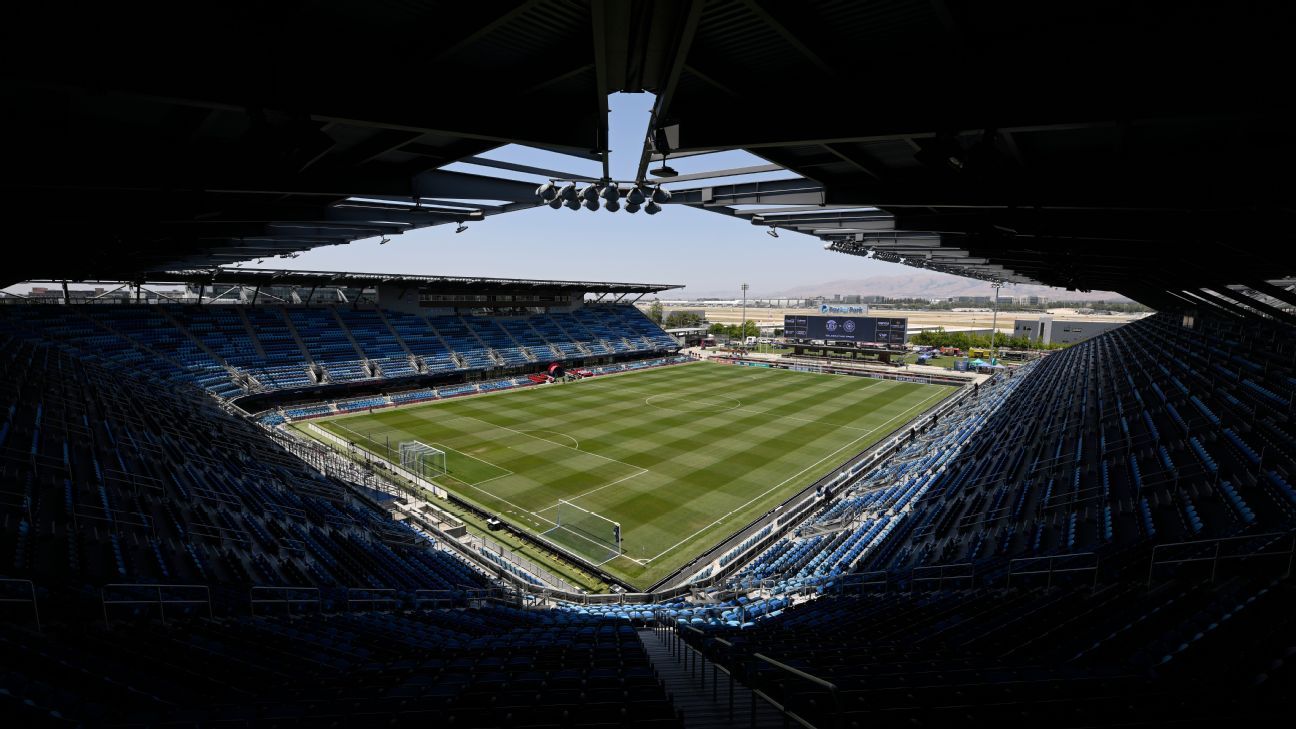 San Joses Pay Pal Park Site Of The Nwsl Final
Jun 16, 2025
San Joses Pay Pal Park Site Of The Nwsl Final
Jun 16, 2025 -
 Guardians Of The Galaxys Impact Exploring Its Cultural Significance
Jun 16, 2025
Guardians Of The Galaxys Impact Exploring Its Cultural Significance
Jun 16, 2025 -
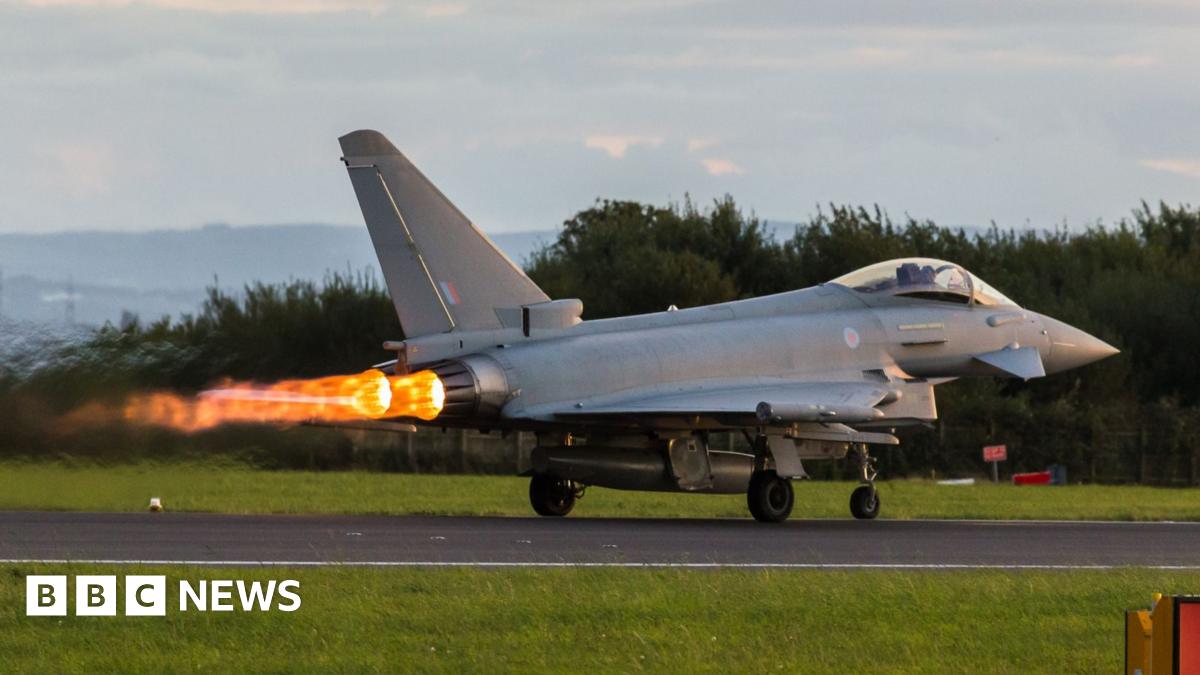 Uk Bolsters Middle East Air Presence With Increased Raf Deployment
Jun 16, 2025
Uk Bolsters Middle East Air Presence With Increased Raf Deployment
Jun 16, 2025 -
 Emmy Ballot 2024 Key Insights And Predictions For This Years Race
Jun 16, 2025
Emmy Ballot 2024 Key Insights And Predictions For This Years Race
Jun 16, 2025
Latest Posts
-
 Nycfc Freezes Atlanta United Dominant Victory In Mls Match
Jun 16, 2025
Nycfc Freezes Atlanta United Dominant Victory In Mls Match
Jun 16, 2025 -
 Experience Autodromo Hermanos Rodriguez A Lap With Chase Elliott
Jun 16, 2025
Experience Autodromo Hermanos Rodriguez A Lap With Chase Elliott
Jun 16, 2025 -
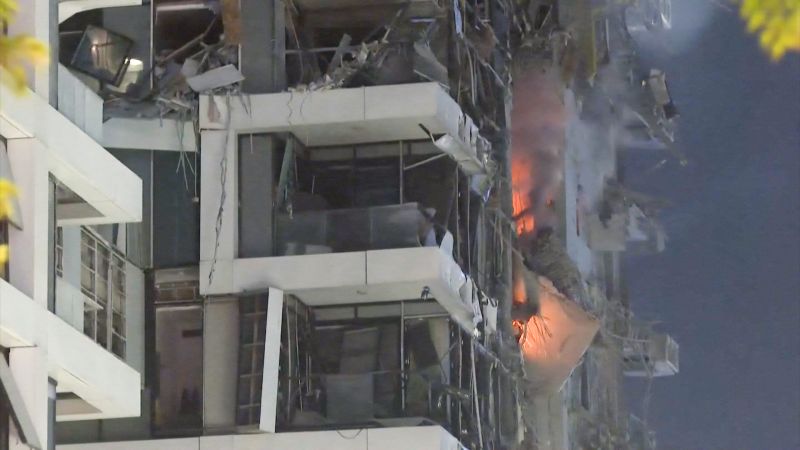 Understanding The Israeli Strike On Iran Context And Strategic Implications
Jun 16, 2025
Understanding The Israeli Strike On Iran Context And Strategic Implications
Jun 16, 2025 -
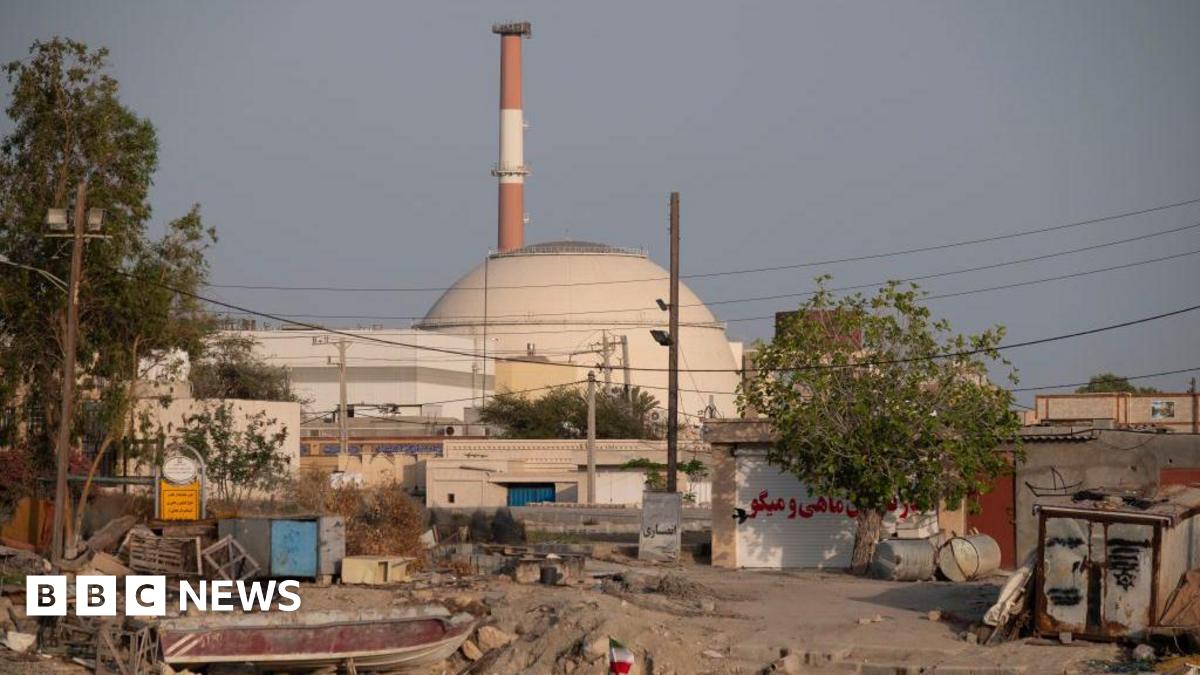 Experts Debate Irans Proximity To Nuclear Weaponization
Jun 16, 2025
Experts Debate Irans Proximity To Nuclear Weaponization
Jun 16, 2025 -
 Fifa Club World Cup Winning Means More Than Just The Trophy Its 1 Billion
Jun 16, 2025
Fifa Club World Cup Winning Means More Than Just The Trophy Its 1 Billion
Jun 16, 2025
